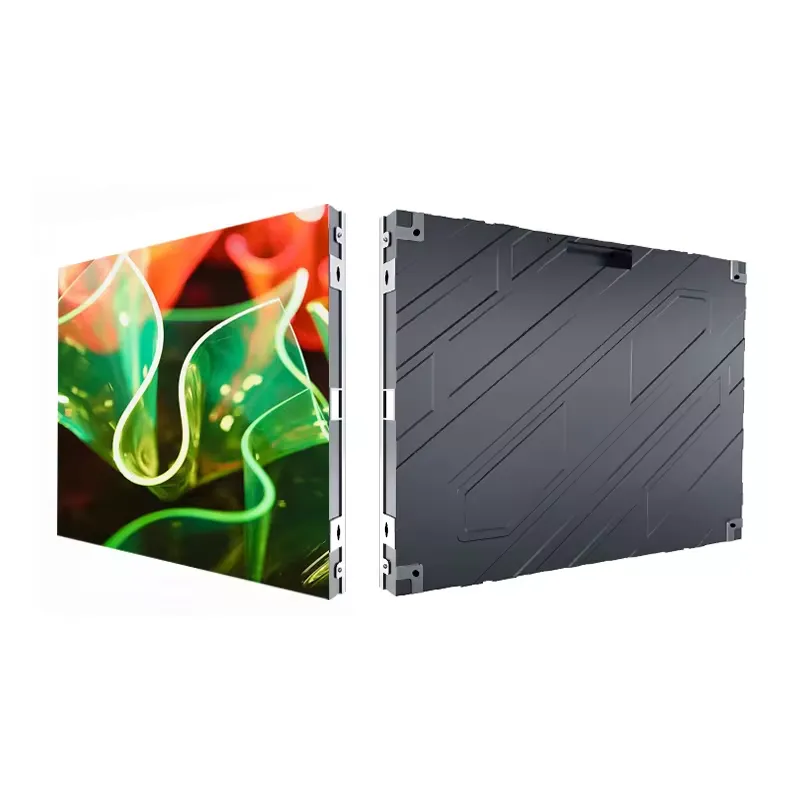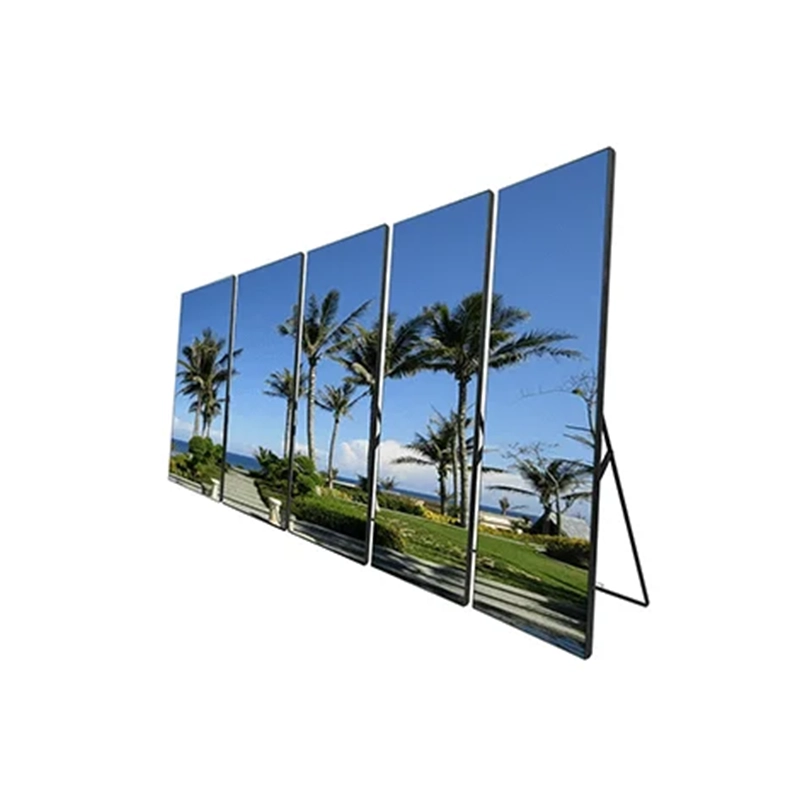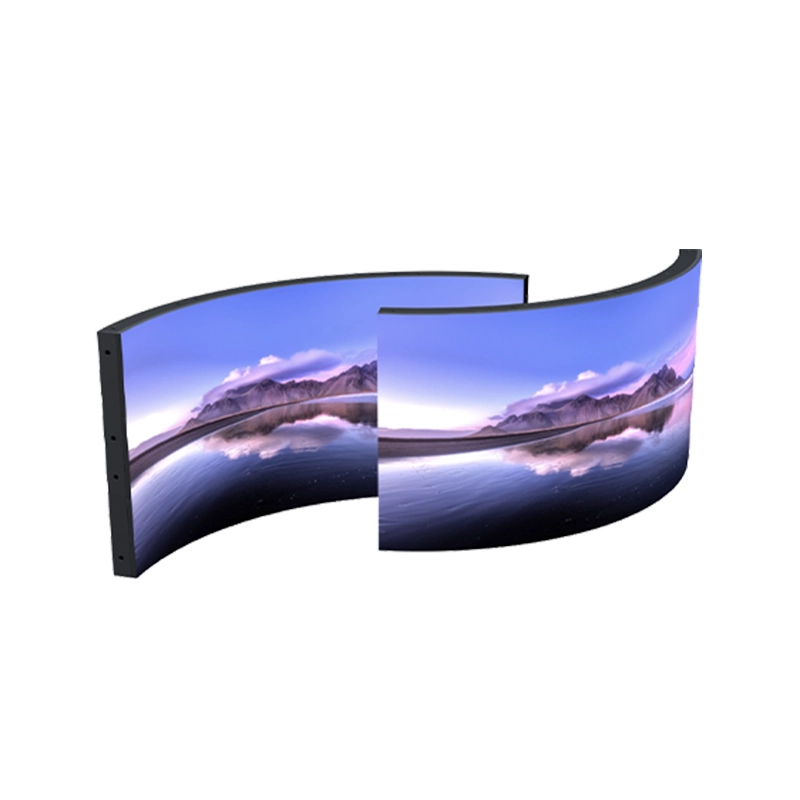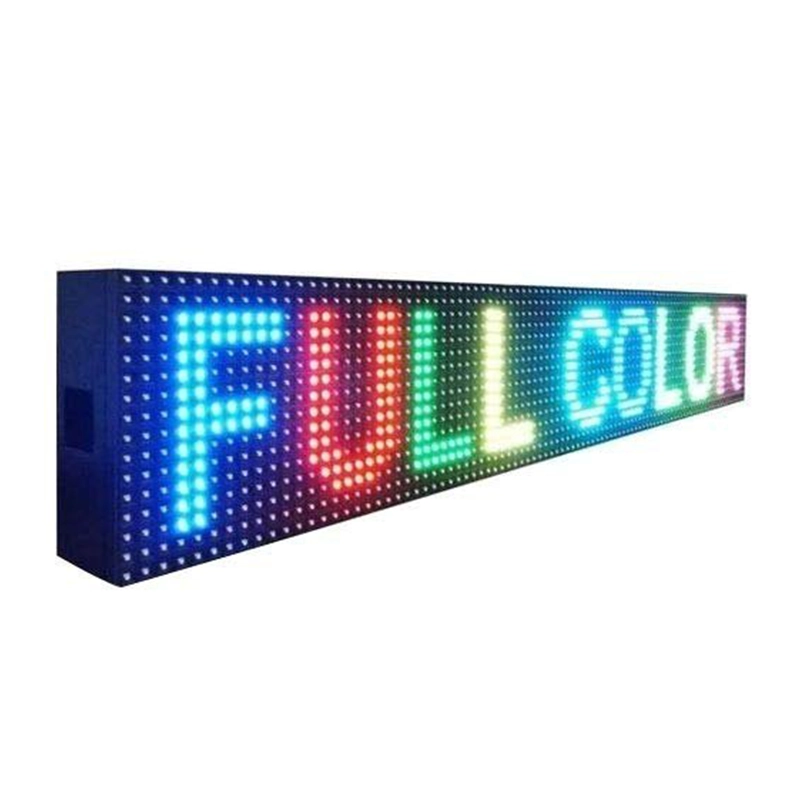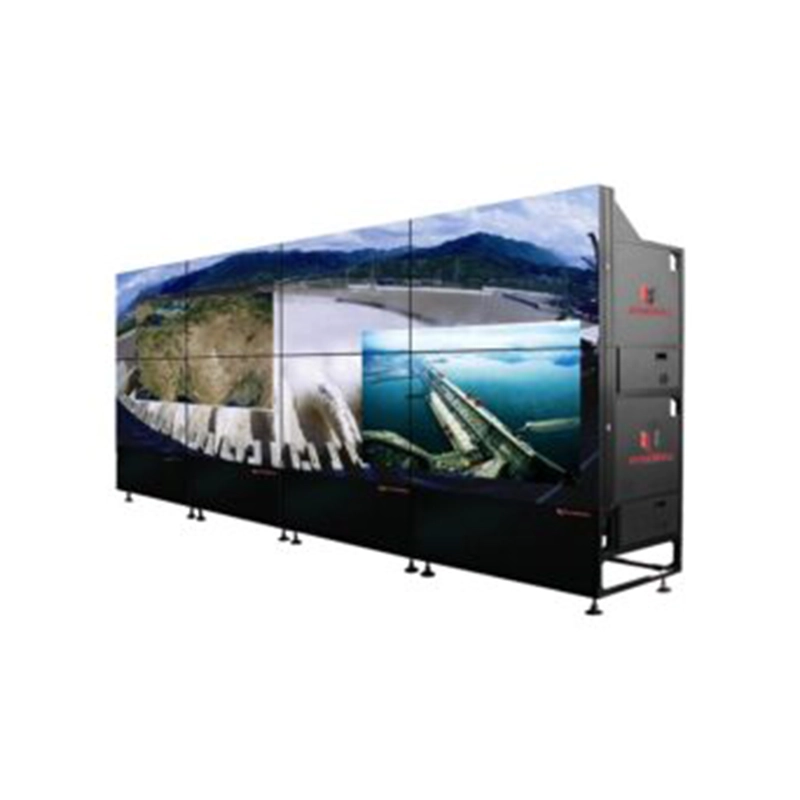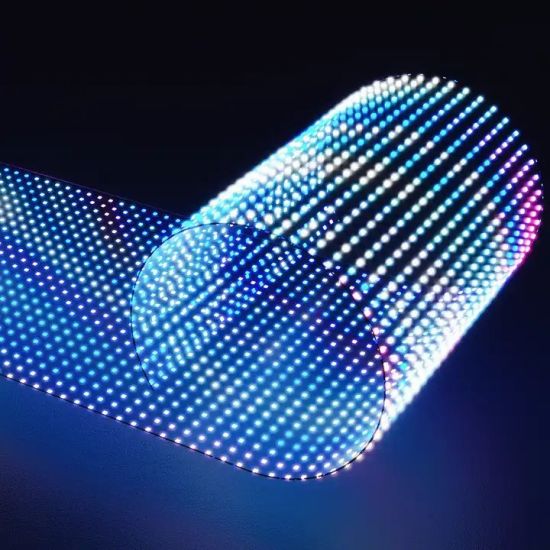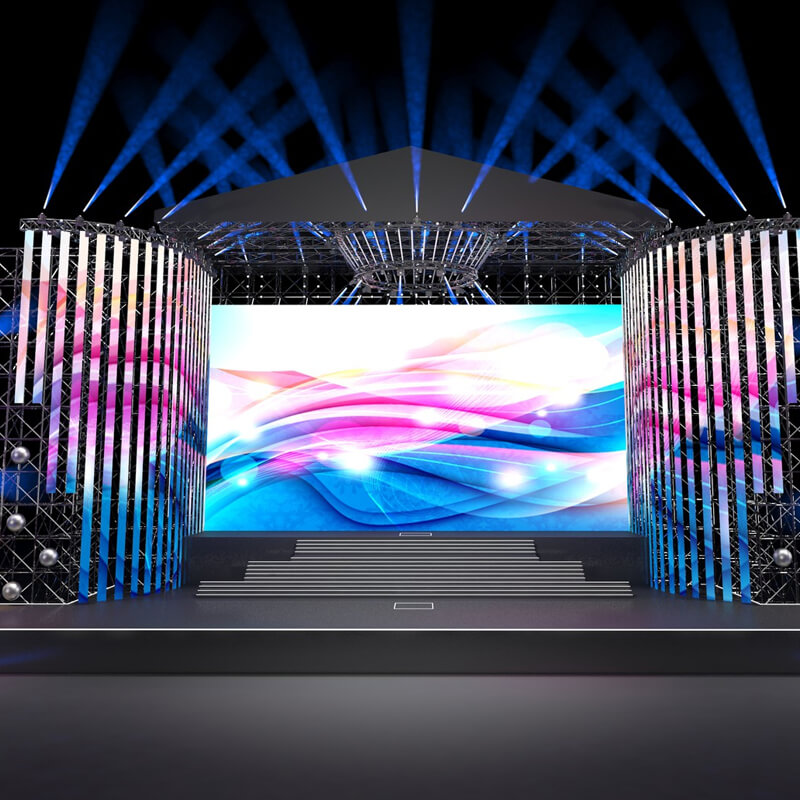INTRODUCTION
When it comes to choosing the right LED display, one of the most important decisions you’ll face is the type of LED technology: SMD (Surface-Mounted Device) or DIP (Dual In-Line Package). Both technologies serve different purposes and offer unique advantages. Understanding the difference between the two can help you make the right choice for your specific needs—whether it’s for indoor signage, outdoor hoardings, or rental LED walls.
NovaView’s Expert Recommendation
At NovaView LED Screen (NVS) Pvt Ltd, we offer both SMD and DIP LED solutions, carefully tailored to suit your exact application. For modern display needs—especially where clarity, design, and multi-functionality are critical—SMD displays are rapidly becoming the standard. However, for outdoor campaigns with high ambient light and harsh conditions, DIP still holds a solid place.
Our team can help you analyze your site conditions, audience distance, and budget to suggest the most suitable technology for long-term performance.
Conclusion
Choosing between SMD and DIP LED display technology depends on where and how the screen will be used. While SMD offers better visuals and flexibility, DIP stands strong in rugged outdoor scenarios. Knowing your display goals and environment will guide you to the right investment—and NovaView is here to make that choice easy and effective.

